Meet the Mallard: The Most Common Duck in the World
Updated: Jul. 22, 2024
Learn what male and female mallard ducks look like and sound like. Look for mallards on open water; they usually nest near the water’s edge.
On This Page
What Does a Mallard Duck Look Like?
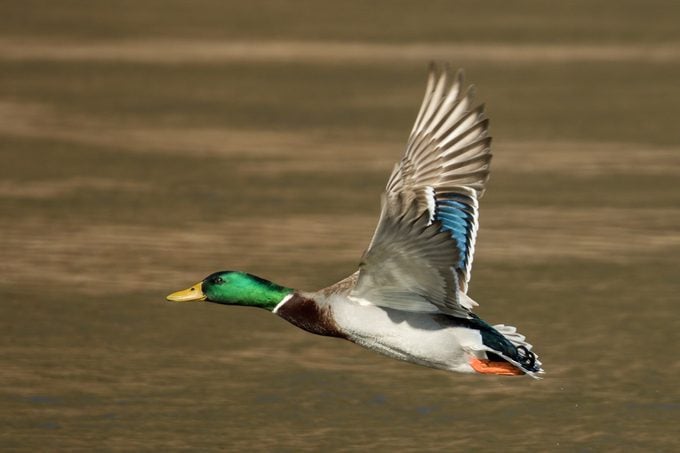
A male mallard duck (drake) has bright-green head, yellow bill and white collar. The female (hen) has plain brown plumage with an orange bill. Both males and females have a blue wing patch with white borders, most obvious in flight.
Mallards molt twice per year. The males molt into an “eclipse” plumage after breeding season and require all of their flight feathers to regrow, which takes up to four weeks. They sport a look similar to the females for camouflage during this flightless period.
Discover 20 types of ducks to look for this spring.
Mallard Duck Facts
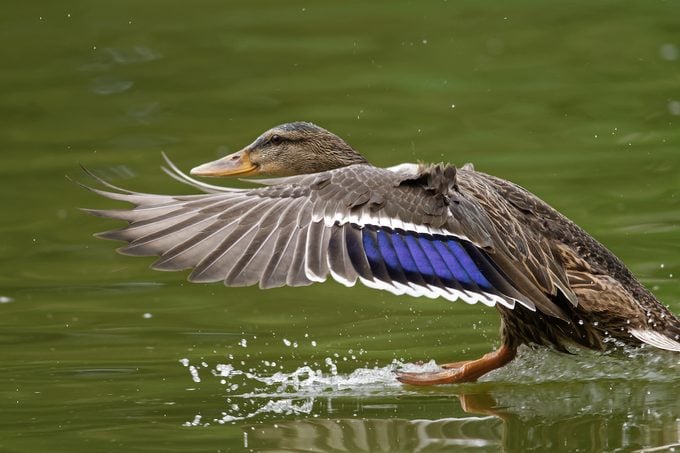
Scientific Name: Anas platyrhynchos
Family: Duck
Length: 23 inches
Wingspan: 35 inches
Learn how to identify a wood duck.
Mallard Nest and Eggs
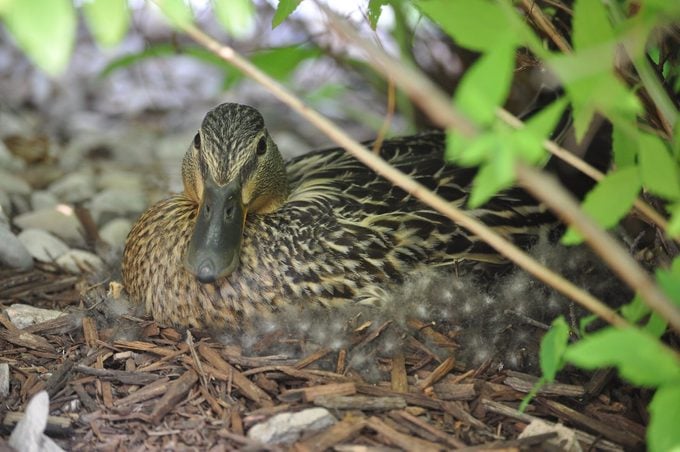
Remarkably adaptable to civilization, the mallard—the most common duck in the world—will nest in a city park if there is even a small pond. This species usually nests near the water’s edge, but occasionally chooses a site on higher ground.
The mallard’s nest is built on the ground among dead grasses or reeds, often close to water. Female mallards lay an average of nine eggs per clutch, though they’ll occasionally lay up to 15 eggs. Only the females tend to the nest and eggs. To attract nesting mallards, plant hedges and shrubs near water.
Duck identification tips: canvasback vs. redhead.
What Do Mallard Ducks Eat?
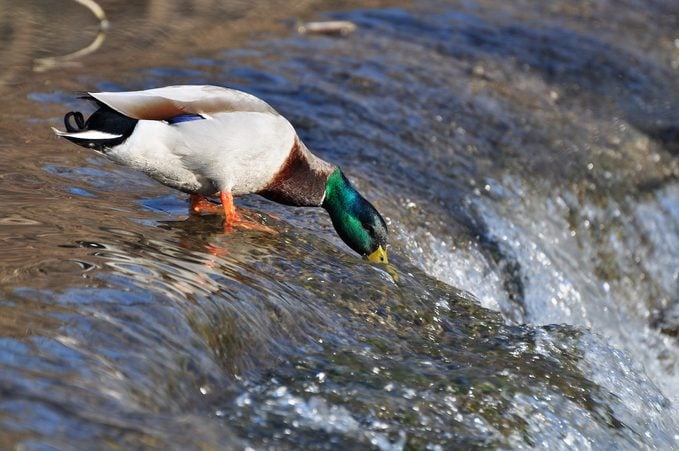
Their diet consists mostly of seeds and aquatic insects and plants. What foods can you feed to ducks?
Sound and Calls
Listen to the mallard duck’s sound. The female mallard gives a loud, quacking call. Male gives a short, rasping “quehp.”
Bird songs provided by the Cornell Lab of Ornithology.
No ordinary duck: Meet the northern shoveler.
Mallard Duck Range Map and Habitat
Birding experts Kenn and Kimberly Kaufman say, “Of all the ducks, mallards seem to be the best at adapting to live around humans. Flocks and families of mallards live in the semi-wild around many cities and suburbs, and may be seen walking across streets or resting on lawns or parking lots.”
Look for mallards on open shallow, fresh water, surrounded by grassy fields and woodlands. Very much a worldwide duck, mallards are native to areas on four different continents: North America, Europe, Asia and Africa. By itself, the North American mallard population was estimated at around 6.1 million in 2023, making them one of the most plentiful ducks.
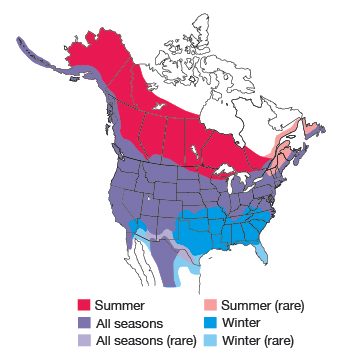
Range maps provided by Kaufman Field Guides, the official field guide of Birds & Blooms.
Next, learn how to identify an American coot.




















